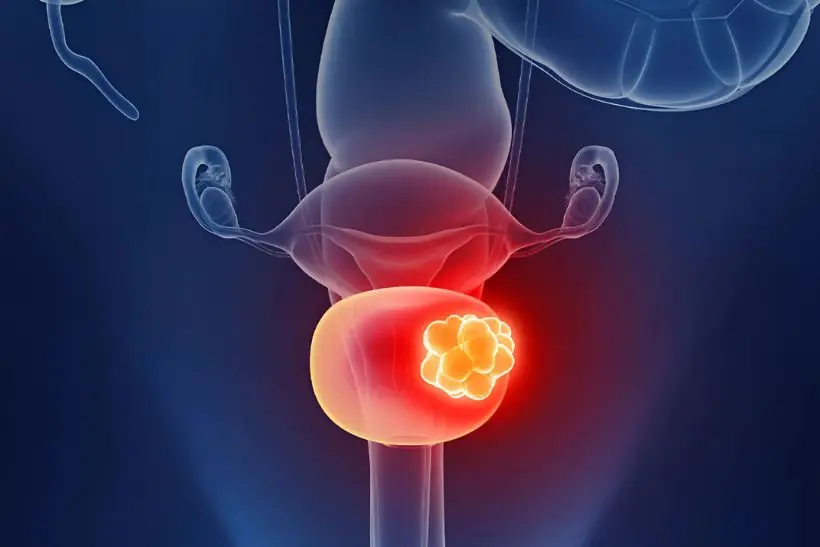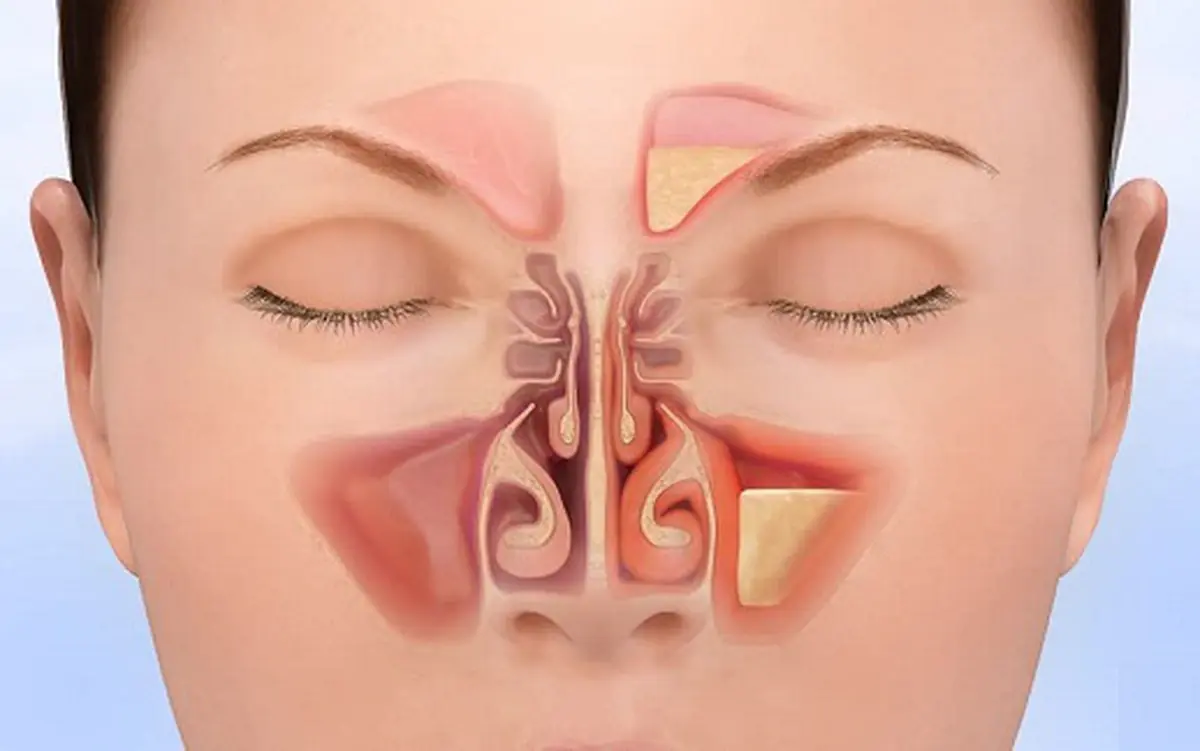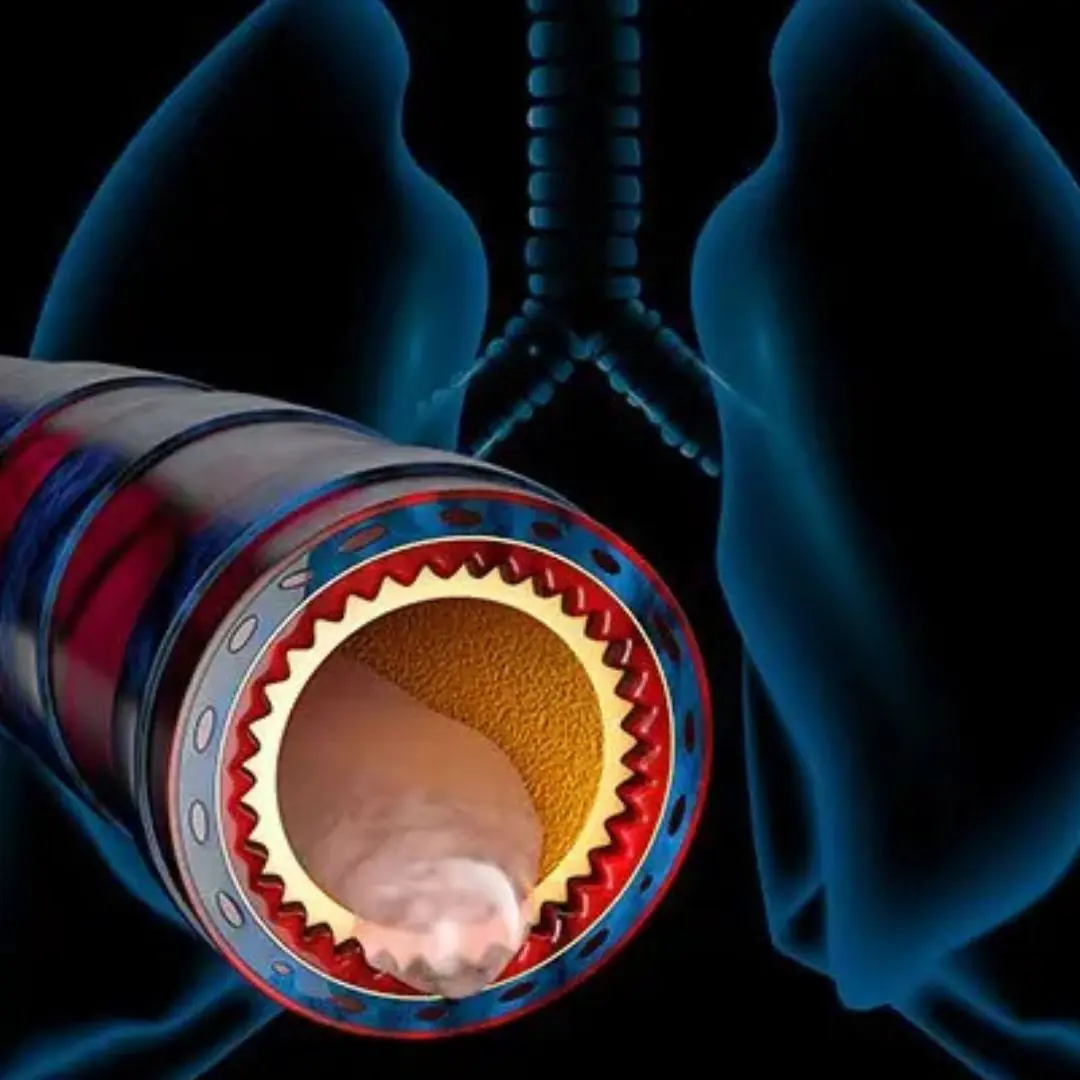
What happens to your body when you stop having inti.mate relationships?
What really happens to your body when inti.macy is absent?

What really happens to your body when inti.macy is absent?

Hearing your heartbeat at night? Doctors say it could be a warning sign

Waking Up With Bruises on Your Legs Could Be a Serious Warning Sign

Bladder Cancer: 5 Subtle Early Symptoms to Watch Out For

Why Your Throat Feels Sticky: The Real Causes of Mucus

A study suggests a potential link to autism development

Fa.tty liver explained: Causes, symptoms and effective treatment options

Doctors Issue Warning: These 4 Morning Symptoms May Signal Lung Cancer Is Advancing

Why You Often Need to Poop Right After Eating — Explained by Doctors

Doctors identify the blo.od type linked to the lowest can.cer risk

An overlooked vegetable packed with nutrients and remarkably high in calcium

This natural drink may help ease mucus, cough and sinus discomfort

How to get rid of phlegm and mucus in your chest and throat

A creamy, healthy burrito that’s quick to make and impossible to resist.

Eating walnuts regularly can bring a wide range of health benefits

You don’t need to believe in magic drinks to enjoy beet juice.

After a period of use, showerheads often get clogged due to mineral deposits sticking inside, causing uneven water flow.

Here’s a surprisingly simple household trick to sharpen your old, dull scissors without any special tools.


These foods were found to benefit not only cardiovascular health but also provide clear advantages for the nervous system and cognitive function.